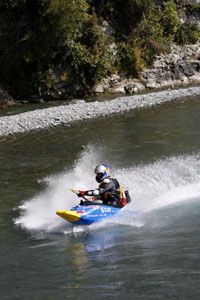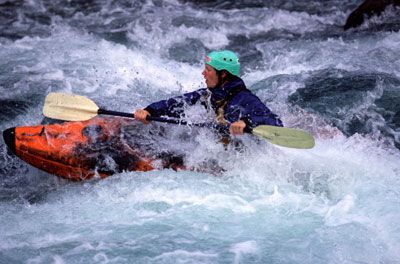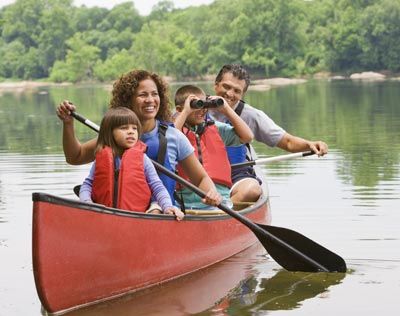Which is faster -- a Inuits would probably stand by their kayaks. Native Americans would go to the mat for the canoe. Get a group of modern-day paddlers together to debate whether a kayak is faster than a canoe and you may feel like more of a referee than a moderator.
To get to the bottom of this question, we need to distinguish between a canoe and kayak. That's easy enough, but then there are the myriad variations between each model of kayak and canoe. There are racing canoes and touring canoes. There are rodeo kayaks and kayaks built for speed.
Advertisement
Canoes and kayaks are pretty similar when it comes down to it. They both move along on the water when people sit in them and paddle. There are just a few differences. Canoes typically use a paddle with a single blade. Kayakers use a double-bladed paddle. The other difference is that the cockpit of a canoe is open while the kayak's is covered. In canoes, the seat is usually level with, or just below the top rail of the boat. Kayaks have a seat on the floor of the boat, right at the waterline.
But the answer to which is faster may not be as simple as you think -- you have to factor in more than just single blade versus double blade paddles and where you are in relation to the waterline. So what are the other factors?
In this article, we'll break down more differences between these two vessels and, short of jumping in the water and racing, we'll determine which is fastest.
Advertisement



